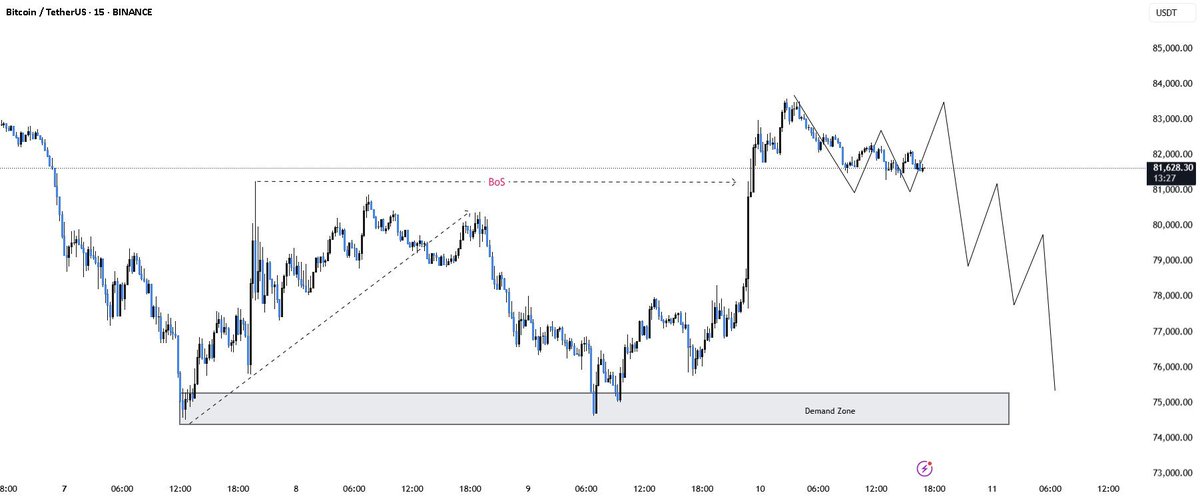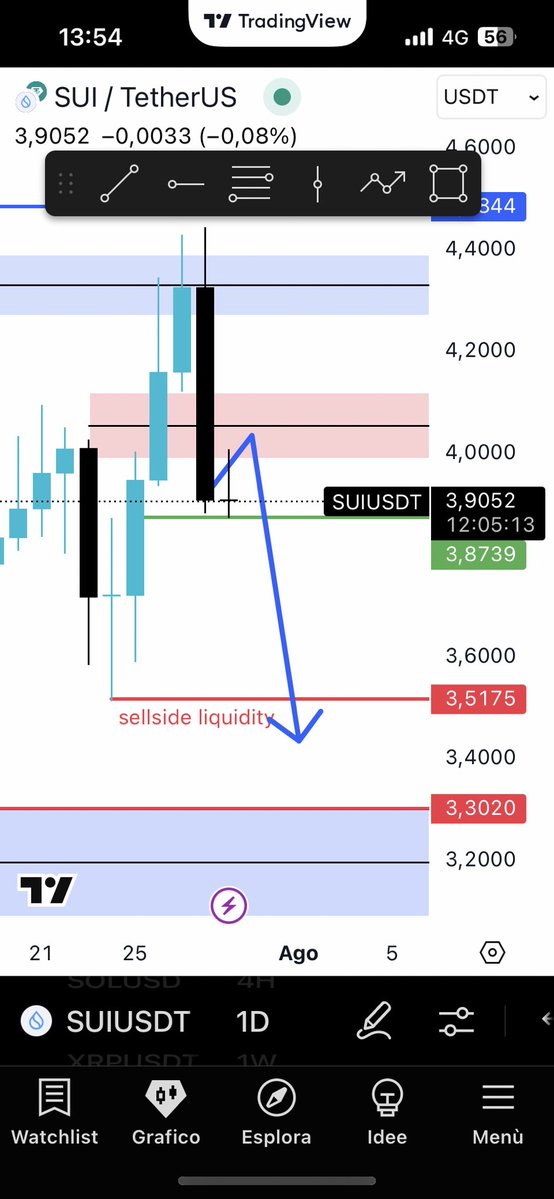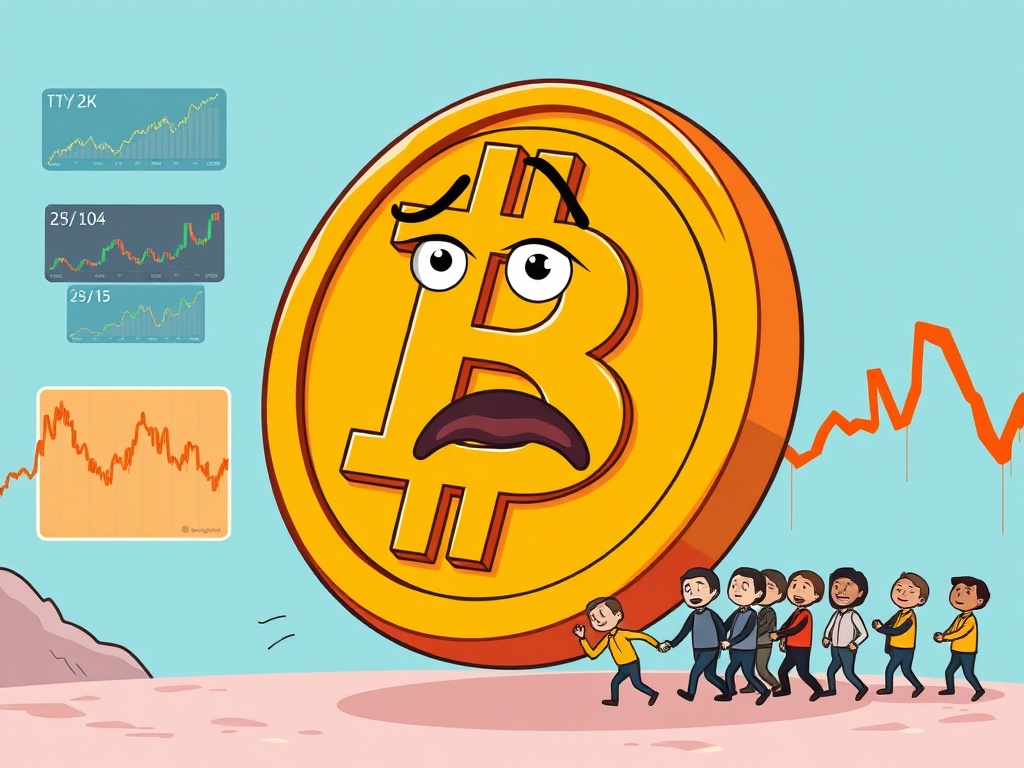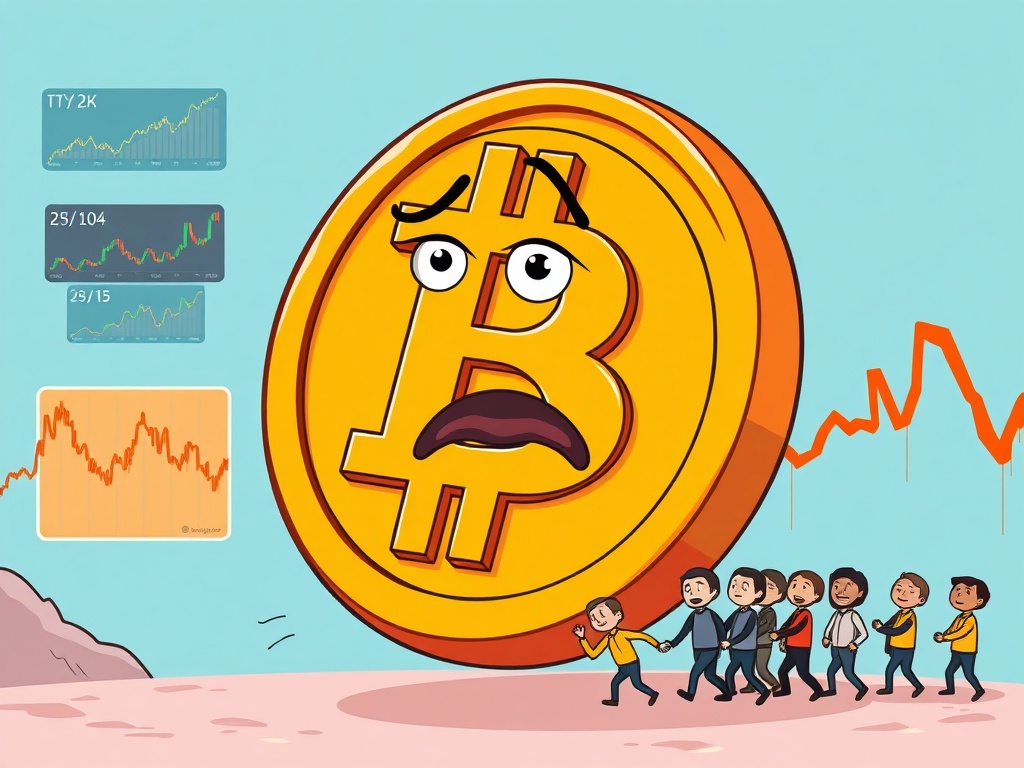The Cryptocurrency Landscape in 2025
A Glimpse into the Future
Imagine a world where digital currencies are as ubiquitous as fiat money, where blockchain technology underpins everyday transactions, and where decentralized finance (DeFi) is the norm rather than the exception. Welcome to the cryptocurrency landscape of 2025, a realm teeming with innovation, opportunity, and challenges. As we stand on the cusp of this digital revolution, let’s explore the trends, insights, and developments shaping the future of crypto.
The Pulse of the Market
Trading Signals and Market Sentiment
The cryptocurrency market is a rollercoaster ride, characterized by its high volatility and rapid price movements. Traders and investors are always on the lookout for profitable signals that can help them navigate this tumultuous terrain. In 2025, real-time analysis and trading signals are more crucial than ever. Platforms like Telegram host signal groups that provide daily insights, helping traders stay ahead of the curve. For instance, one analyst’s trading levels for Bitcoin (BTC) suggest watching price movements closely, a strategy that can be the difference between a profitable trade and a missed opportunity [1].
Market sentiment is another critical factor influencing price movements. Positive sentiment can fuel a bullish market, while negative sentiment can lead to a bearish trend. As of April 2025, Bitcoin and XRP are showing strength, indicating a potential rebound. This optimism is bolstered by trade sentiment, a key indicator of market direction [1].
New Listings and Innovations
The crypto world is in a state of perpetual evolution, with new projects and listings emerging regularly. CoinMarketCap, a leading cryptocurrency data provider, has introduced a new listing for Cointel Service, a global cryptocurrency trading analysis platform. This platform offers advanced real-time charts, a free board, and AI-powered analytics, making it an invaluable tool for traders and investors [2].
Innovation is the lifeblood of the crypto industry. Projects like Pundi X are at the forefront of this innovation, focusing on bringing cryptocurrency to the mainstream through physical Point-of-Sale (POS) systems. This initiative aims to make crypto payments more accessible and convenient, potentially driving wider adoption and integration into everyday life.
Deep Dive into Specific Cryptocurrencies
Bitcoin (BTC) and Altcoins
Bitcoin, the original and most well-known cryptocurrency, continues to dominate the market. Analysts are closely monitoring its price movements, providing trading levels to help traders make informed decisions. The recent strength shown by Bitcoin and XRP suggests that the market is finding support, which could lead to a rebound [1].
Altcoins, or alternative cryptocurrencies, are also gaining traction. For example, AAVE is being highlighted as an opportunity worth watching. The crypto market is diverse, with various altcoins offering unique features and use cases. Traders and investors need to stay informed about these opportunities to capitalize on potential gains. The rise of altcoins also reflects the growing interest in decentralized finance (DeFi) and non-fungible tokens (NFTs), which are reshaping the digital landscape.
Ethereum and DeFi
Ethereum, the second-largest cryptocurrency by market capitalization, is a cornerstone of the DeFi ecosystem. DeFi platforms built on Ethereum offer a range of financial services, from lending and borrowing to trading and yield farming. The integration of AI-powered analytics in platforms like Cointel Service can provide deeper insights into Ethereum’s performance, helping users make better investment decisions [2].
DeFi is revolutionizing the financial industry by offering decentralized, transparent, and inclusive financial services. In 2025, DeFi platforms are more sophisticated and user-friendly, attracting a broader range of users. The integration of AI and machine learning is enhancing the efficiency and security of DeFi protocols, making them more robust and reliable.
Emerging Trends in NFTs and Web3
Non-fungible tokens (NFTs) and Web3 technologies are transforming the digital landscape. NFTs represent unique digital assets, such as art, music, and collectibles, and are gaining popularity in the crypto community. Web3, the next generation of the internet, aims to create a decentralized and user-centric web experience. These emerging trends are shaping the future of the crypto industry and opening up new opportunities for innovation and investment.
NFTs are not just about digital art; they are about ownership and authenticity in the digital world. In 2025, NFTs are used in various industries, from gaming to real estate, providing new ways to monetize digital assets. Web3, on the other hand, is about creating a more decentralized and democratic internet, where users have control over their data and interactions.
The Future of Cryptocurrency
Regulatory Challenges and Opportunities
The crypto industry faces regulatory challenges that can impact its growth and adoption. Governments around the world are grappling with how to regulate cryptocurrencies, and the outcome of these discussions will have significant implications for the market. However, regulation can also bring opportunities, such as increased legitimacy and investor confidence.
In 2025, regulatory frameworks are more defined, providing clarity and stability for the crypto industry. This regulatory clarity is attracting institutional investors, who are increasingly interested in the crypto market. The integration of crypto into traditional financial systems is also driving innovation and growth in the industry.
Technological Advancements
Technological advancements are driving the crypto industry forward. From AI-powered analytics to innovative POS systems, these developments are making cryptocurrency more accessible and user-friendly. As technology continues to evolve, we can expect to see even more exciting innovations in the crypto space.
Blockchain technology, the backbone of cryptocurrencies, is also evolving. In 2025, blockchain is more scalable, secure, and energy-efficient, addressing some of the key challenges faced by the industry. The integration of blockchain with other technologies, such as the Internet of Things (IoT) and artificial intelligence (AI), is creating new opportunities and use cases.
Conclusion: Navigating the Crypto Landscape
The cryptocurrency landscape in 2025 is dynamic and full of opportunities. From trading signals and market sentiment to new listings and technological advancements, the crypto world is constantly evolving. As investors and traders navigate this complex landscape, staying informed and adaptable is key to success. The future of cryptocurrency is bright, and those who are prepared to embrace the changes and challenges will be well-positioned to capitalize on the opportunities that lie ahead.
The journey into the crypto landscape of 2025 is an exciting one, filled with innovation, opportunity, and the potential to reshape the financial industry. As we stand on the brink of this digital revolution, it’s essential to stay informed, adaptable, and open to the possibilities that lie ahead. The future of crypto is not just about digital currencies; it’s about a new way of thinking, a new way of transacting, and a new way of living in the digital age.











